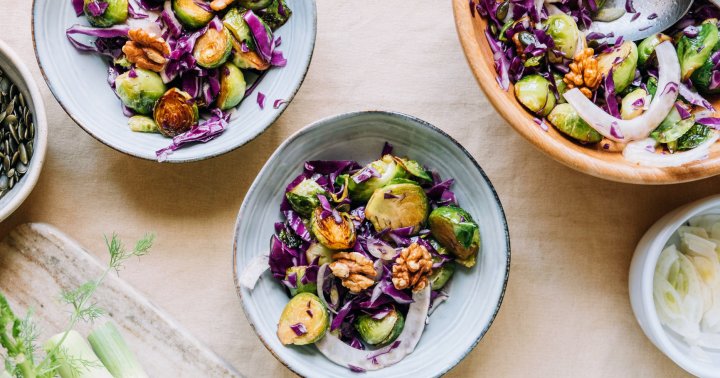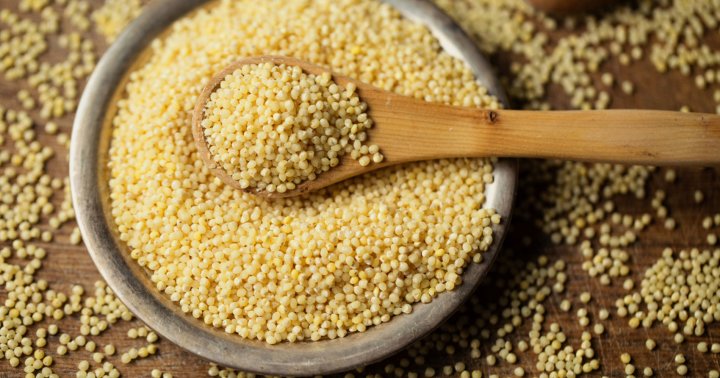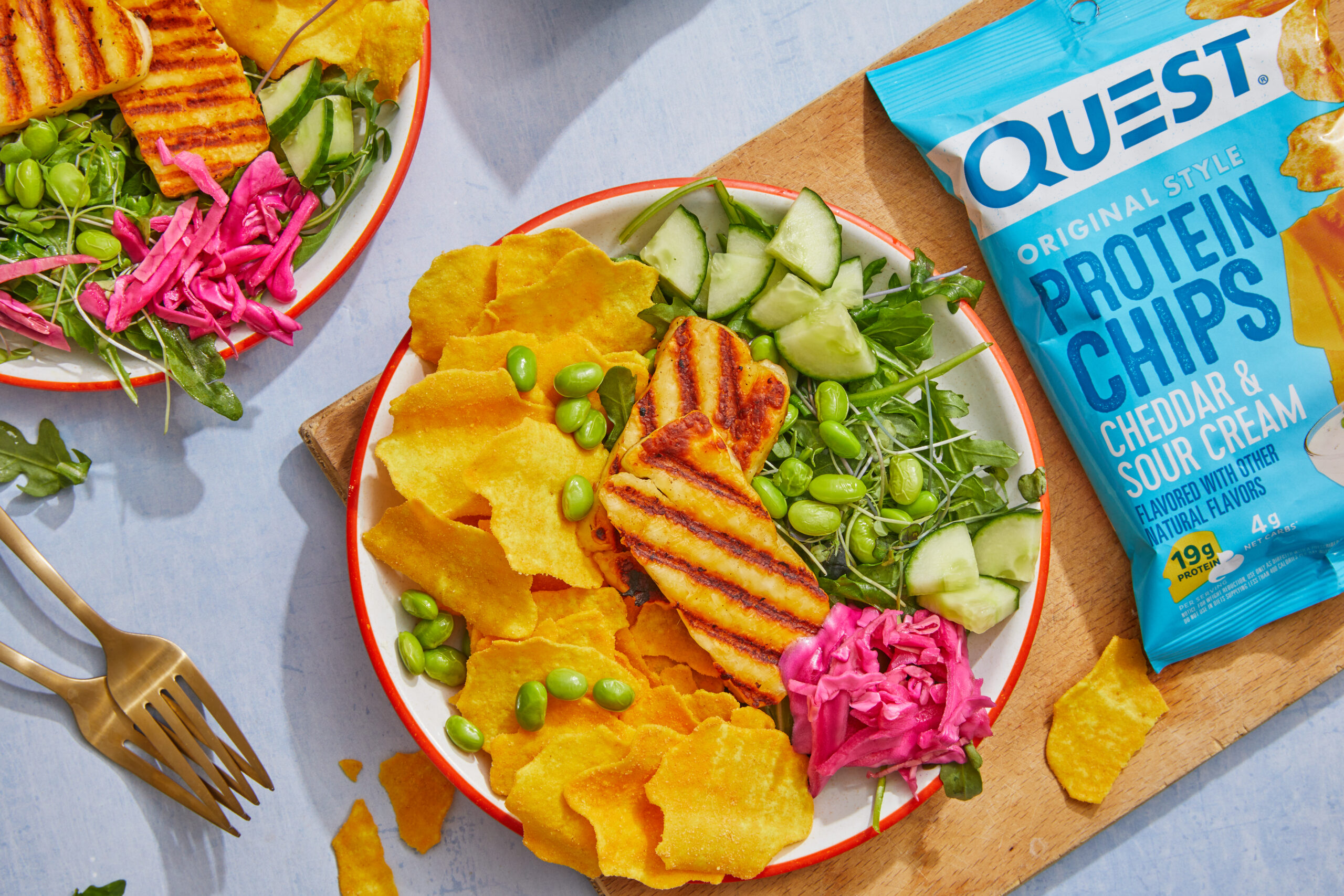Run Don't Walk: This Type Of Vegetable Has Serious Anti-Inflammatory Actions
Plus, how they differ from cruciferous veggies.

We know consuming a variety of produce and vegetables can optimize your nutrition intake, and that the four main types include greens, nightshades, root, and cruciferous vegetables. But to break it down even further, let’s look at cruciferous veggies’ counterpart: The ever-nutritious group of brassica vegetables. Part of the genus Brassica species, according to research from the Department of Human Nutrition at the Agricultural University of Cracow, these are actually the most highly consumed vegetable in the world.
“Brassica vegetables are part of the mustard family and can also be categorized as cruciferous vegetables from the cabbage family,” says Cory Ruth, RDN, registered dietitian and CEO The Women’s Dietitian. “Brassica vegetables are some of the most nutritious vegetables you can put on your plate.”
Types of brassica vegetables
Health benefits of brassica vegetables
Brassica vegetables have an impressive lineup of health benefits. “Along with plenty of tummy-friendly fiber and phytochemicals with anti-inflammatory properties, known as glucosinolates, most brassica veggies are rich in vitamin K, which is important for blood clotting and bone health, as well as folate, which is a B vitamin critical for building red blood cells and supporting the nervous system,” says Desiree Nielsen, R.D., author of Good For Your Gut: A Plant-Based Digestive Health Guide and Nourishing Recipes for Living Well. She adds that many brassica vegetables like cabbage and broccoli also contain plenty of vitamin C, which can help support your skin health and immune system.
Brassica vs cruciferous vegetables
While brassica and cruciferous vegetables aren’t all that different, Ruth says “Brassica veggies can be categorized as cruciferous vegetables,” as opposed to the other way around. Think of cruciferous vegetables as the umbrella category, whereas brassica vegetables are a subtype.
How to cook with brassica vegetables
If you’re not looking to chomp down on a raw head of broccoli, we hear you. That’s why we’re taking our experts’ lead with their simple yet drool-worthy brassica vegetable cooking ideas: “They're delicious no matter how you prepare them, whether you grill, bake, or sauté them,” says Ruth. “I prefer roasting my brassica vegetables with extra-virgin olive oil, coarse sea salt, pepper, and garlic.” She notes that you can even eat many of them raw, like kale and arugula in salad, which can help preserve some of their nutrients that can be lost to high heat.
Instead of tearing off huge chunks or leaves of these dense vegetables, Nielsen advises shredding them in a salad or slaw, sautéing them with garlic and olive oil, or simmering them in a rich coconut curry. “When in doubt, roast it!” Nielsen says. “Roasting brings out the subtle sweetness of many brassica vegetables, from broccoli to cabbage.”
Steal her idea: First, cut your brassica vegetables of choice into wedges or florets, and toss them with avocado oil, salt, and pepper and any spices you have on hand. Not sure where to start? Nielsen says “coriander is lovely with broccoli and cabbage, or try a bit of cumin or thyme with cauliflower.” Then, roast at 425 degrees Fahrenheit until caramelized, and prepare to be hooked on the easiest side dish or appetizer your taste buds have yet to encounter.
Need some more inspo? Check out these delicious recipes featuring brassica veggies:
Though it's hard to go wrong with virtually any vegetable, brassicas stand out from the produce pack for their well-being properties, which include improving bone and skin health, supporting digestion, and assisting with blood clotting. Plus, you can eat them to your heart’s content—and trust us, you’ll definitely want to.
If you are pregnant, breastfeeding, or taking medications, consult with your doctor before starting a supplement routine. It is always optimal to consult with a health care provider when considering what supplements are right for you.

 Fransebas
Fransebas 
































